For many people ‘hashtags’ are a quick addition to any social post. Come up with 3 words related to your work and slap them on each social media post… This article will provide insight into how hashtags work and why not all platforms should be treated as equals.
First-Time Hashtag User? Here’s a Quick 101.
Whenever a hashtag is used, the post gets “categorized” by the social platform, becoming both clickable and searchable. When you click on a hashtag, you are taken to a newsfeed specific to that hashtag. You will notice that all the posts in the feed contain the same hashtag. It’s important to understand how each platform uses hashtags, as you don’t want to overuse the same hashtags or use hashtags where they don’t belong. Hashtags can be a great tool to help you to communicate with followers, drive engagement for your content, and attract a new audience to your brand.
Most social media channels have the ability to shadowban posts and specific hashtags. If you’re not familiar with this term, shadowbanning implies the platform is blocking content from an online community, without making it apparent to the user (hence the sneaky name). That user will never be notified about the ban, and their banned hashtags will become ‘invisible and undiscoverable’ – only their followers will be able to see the post rather than the entire social channel community. The idea of shadowbanning is to protect users and followers from potential spammers and harmful content, without banning the user/creator.
Here are some quick tips that can help you use hashtags for their intended purpose, categorization/indexation:
– Don’t use too many words or make your hashtags super long as too many words on a single hashtag often makes it hard to read and understand
– Use them conservatively and don’t overtag a single post by adding hashtag to every word
– Tweets with hashtags have more engagement and much higher chance of being retweeted
– Make your hashtags specific to the audience you’re trying to reach
– Use popular and relevant hashtags
– Create your own memorable, relevant and unique branded hashtag
– Triple check your hashtag spelling
– When having multiple words, capitalizing the first letter of each word can help differentiate individual words
To ensure you’re using effective hashtags, start with keyword research. There are a number of online resources to support you with keyword research. Some are free while others can be costly. Here are a few affordable options…
AdWord & SEO Keyword Permutation Generator
Imagine yourself as a member of your target audience. Consider what they might literally type into a search bar. It’s easy to be too specific with your hashtags… keep it broad unless you have a niche marketing hashtags already in mind.
Instead of #almondsnacks try #healthysnack
Instead of #triptoCanada try #travel + #Canada
Got a hashtag you’re not sure about? Submit it in the comments below and we’ll let you know what we think!
One easy way to gauge the potential success rate of your hashtag is to search it on the applicable social platform. You might end up stumbling across similar verbiage with a much greater traffic rate.
Hashtags on Popular Social Media Platforms
Hashtags are used to find trending conversations or to create a conversation about a topic online. The ideal number of hashtags is 2-3 per tweet. Surprisingly, engagement can actually drop if too many hashtags are used in a single tweet.
Hashtags are used to discover specific types content and to find potential networking opportunities by exposing your brand to a larger audience. There are many theories on the ideal number of hashtags one should use on an Instagram post. It may require flexibility and patience to find your brand’s magical number. Keep in mind that there is a limit of 30 hashtags per caption or comment set by Instagram. If you post hashtags in the first comment, they will not be picked up properly by hashtag algorithms.
Hashtags are fairly new to LinkedIn. Just like in the other social media platforms, LinkedIn hashtags will make your content more discoverable. This will help you connect with members that may be interested in your brand or company. Keep hashtags professional. Sometimes trending hashtags on other platforms are not a good fit for LinkedIn. Be mindful before hitting “Post”, as you cannot edit or remove your hashtags. Don’t be spammy by adding a hashtag before every word. Capitalize multi-words as it greatly improves readability. Limit each post to a maximum of 5 hashtags.
People use Pinterest hashtags to find trending content. Use 3-4 relevant hashtags per pin. Keep them targeted, fun and concise.
And finally… Facebook!
There has been a lot of mystery surrounding the algorithms used by Facebook and Instagram, made worse by the fact they are frequently updating their systems to keep up with the heavy flow of content flooding their platforms.
Facebook hashtags allow you to highlight posts and campaigns your followers might be interested in. Categorizing your content in such powerful social channel seems to make total sense and will potentially expose your brand to a much larger audience.
Different from Instagram where marketers pack their posts with hashtags, you should limit their use on Facebook. Research shows that maximum engagement happens when only one tag is presented on a post. Single tags usually keep your visitor away from distractions and more focused on your content. Keep in mind that hashtags with 10 or more characters tend to have better engagement.
If you are trying to create a hashtag specific to your brand, be consistent. Make it simple and clear, and promote it in up to 75% of the content you post. Keep your content tasteful and relevant. If humor goes with your brand, use it on your post.
Be mindful. Be specific. For instance, when you search #Olympics you will have a very broad result in opposition to #OlympicGames2018, which will (ideally) bring you results that are relevant to that hashtag. If you’re not sure whether to use #OlympicGames2018 or #Olympics2018, simply look each of them up on Instagram and see what spelling/verbiage is most used.
There are specific reasons for using hashtags on Facebook. Brands need to know what their audience is interested in, where they are going, and what they are looking for. If a post including a certain hashtag or campaign perform well, make a note for the future that the topic should be kept in rotation.
Another aspect to consider is that hashtags across platforms enable you to track the engagement performance of each word or sentence you used. Facebook Analytics will help you identify your best content, and provide you with detailed reports on your engaged user.
Ultimately, your goal should be to become searchable and therefore more visible, and hashtags on Facebook can help you accomplish just that. In this competitive digital market, any opportunity to be noticed and to interact with your audience should be taken advantage of.



